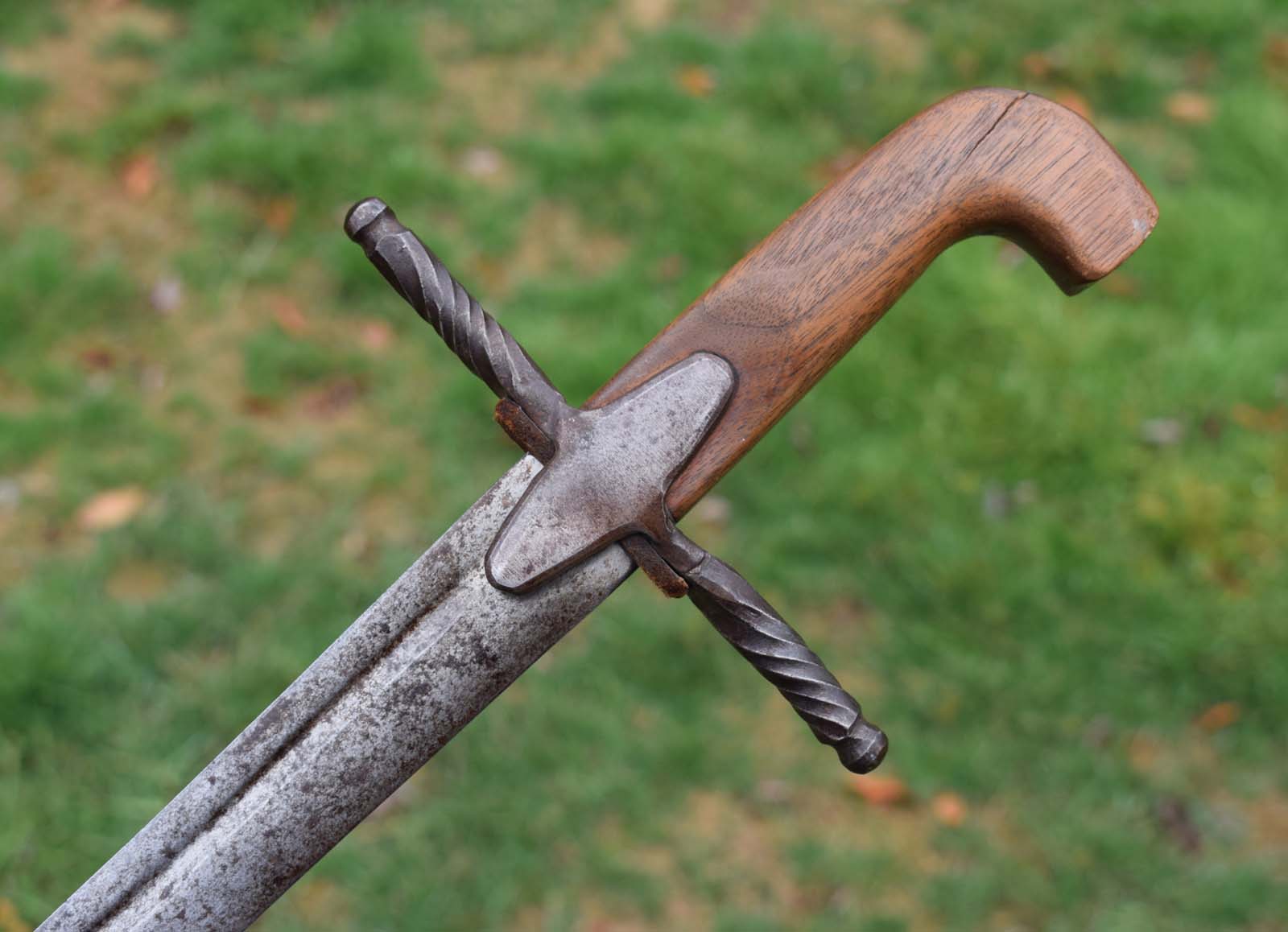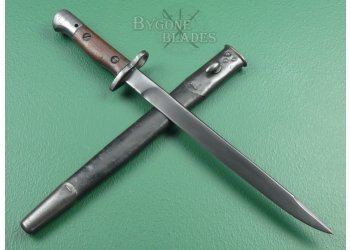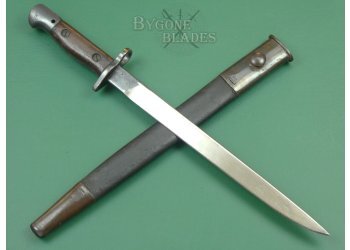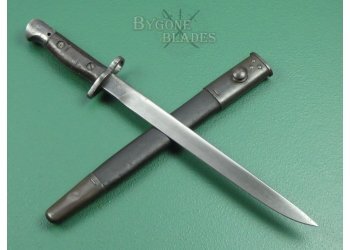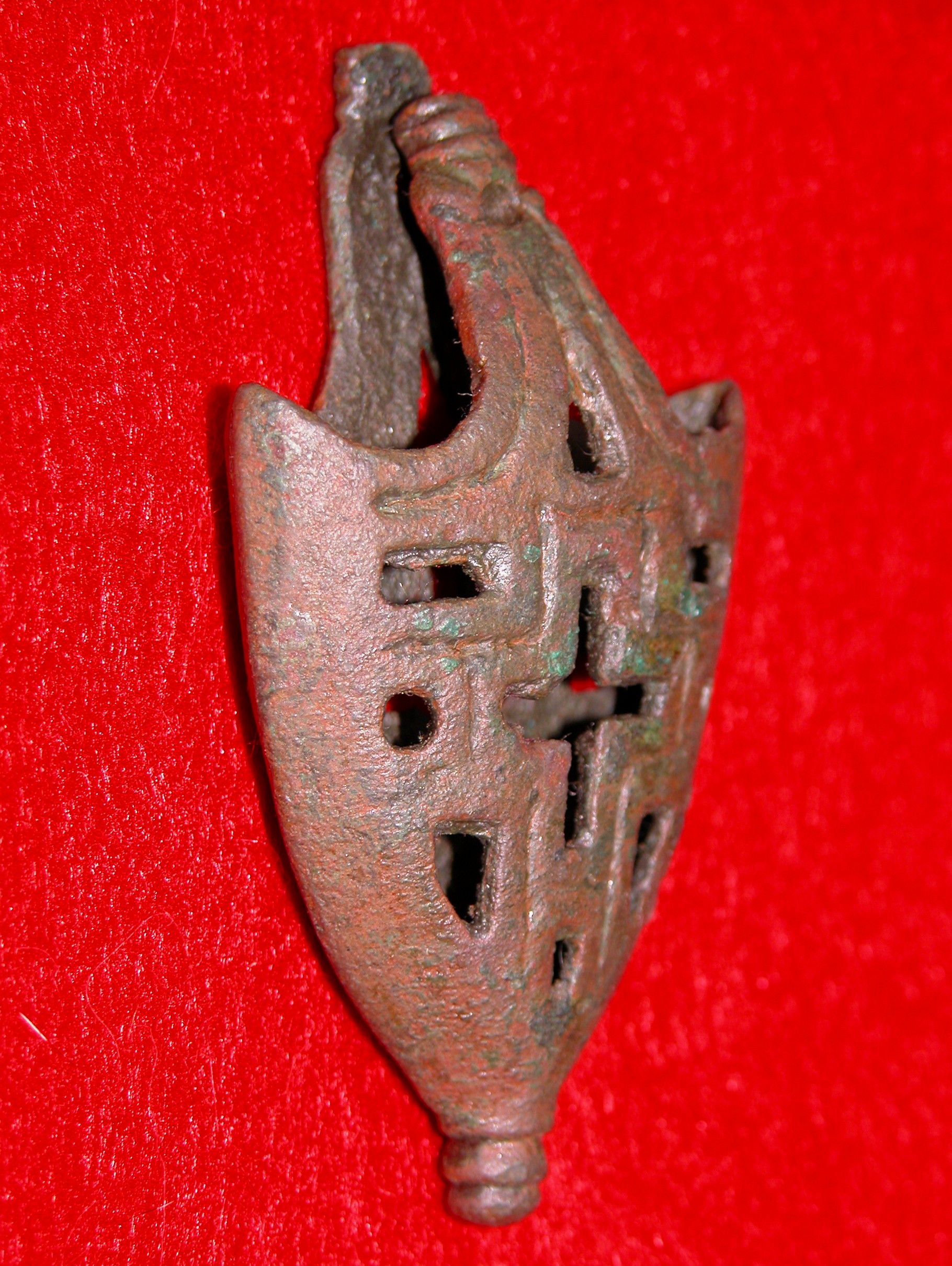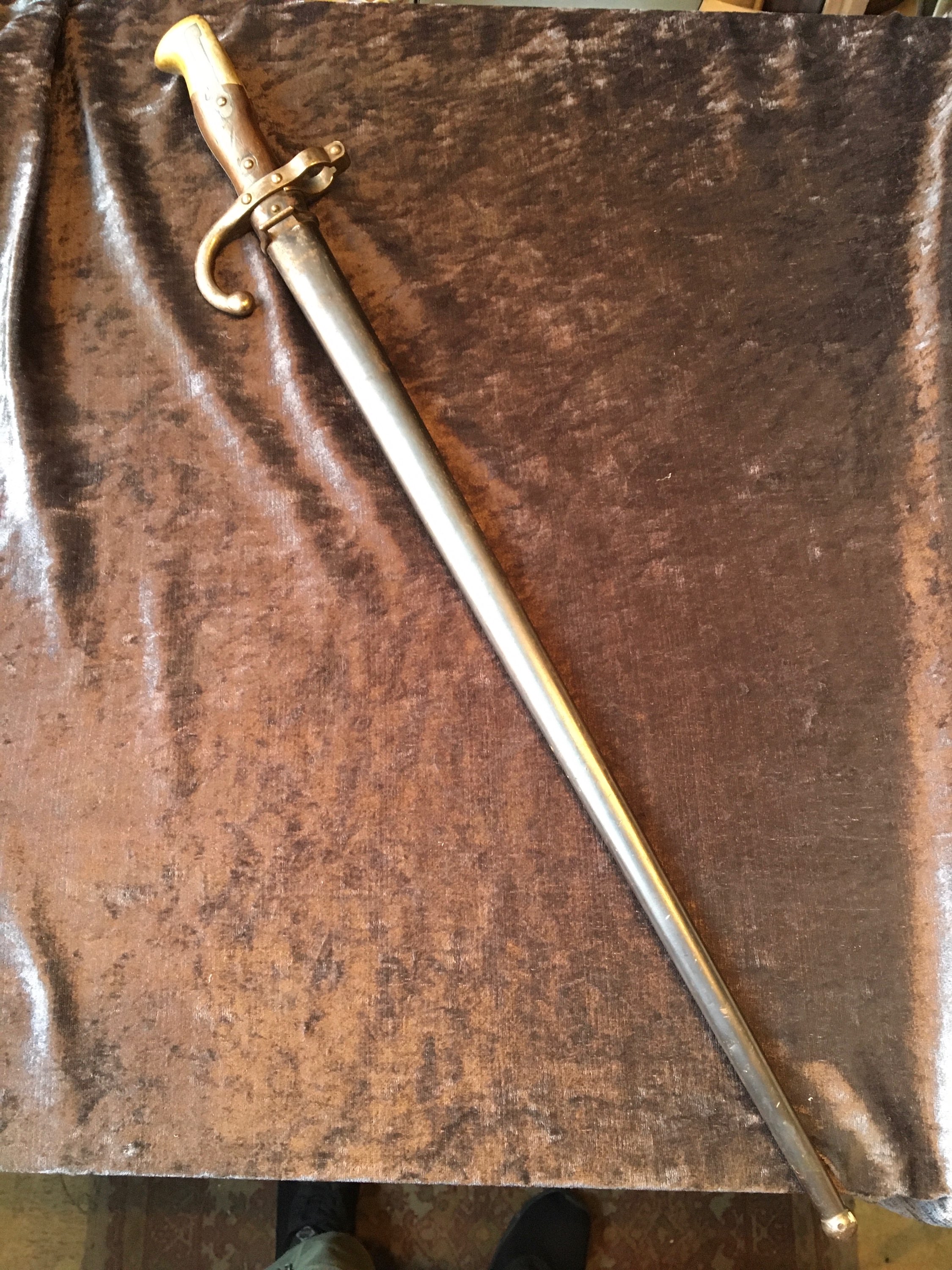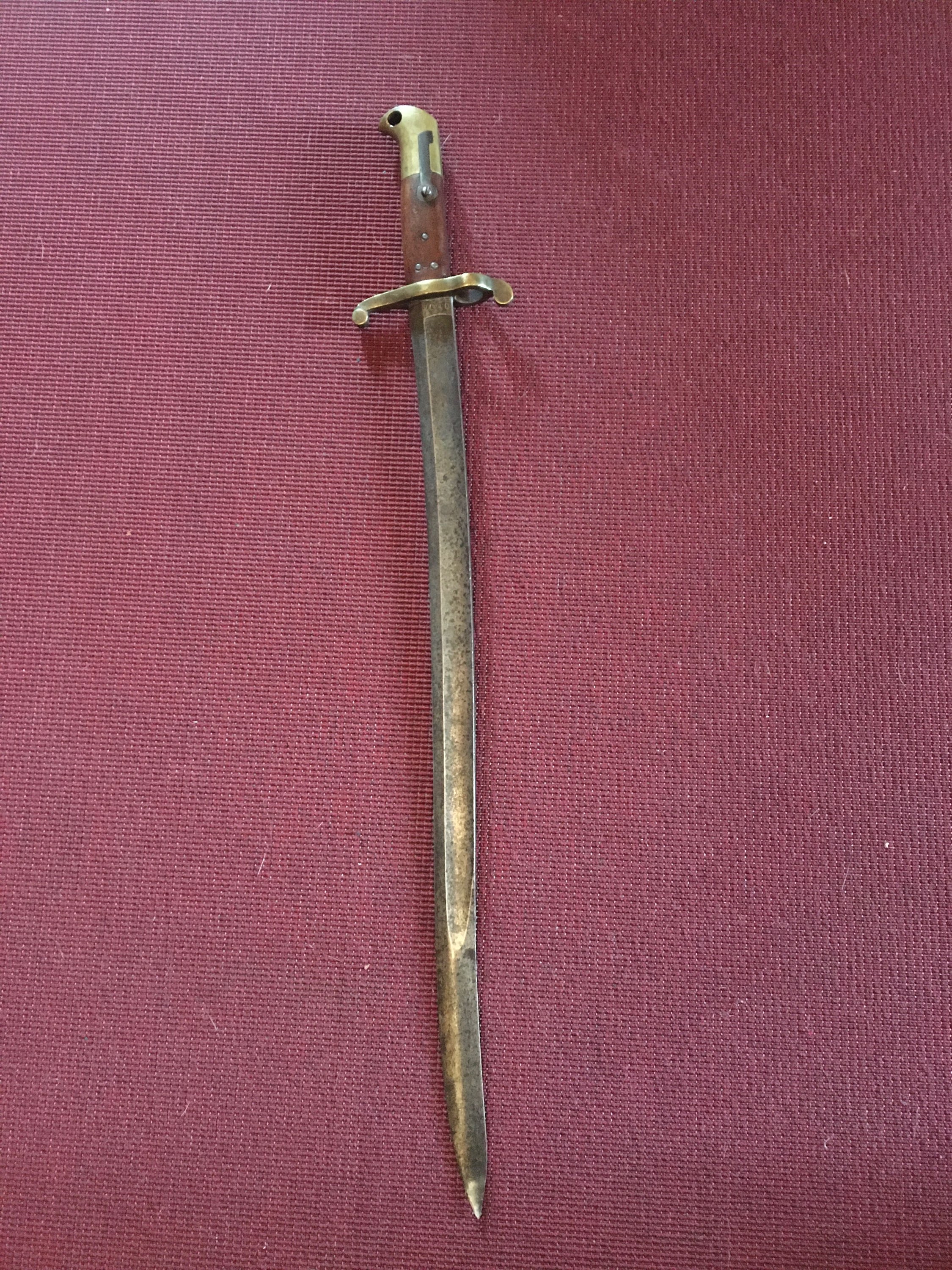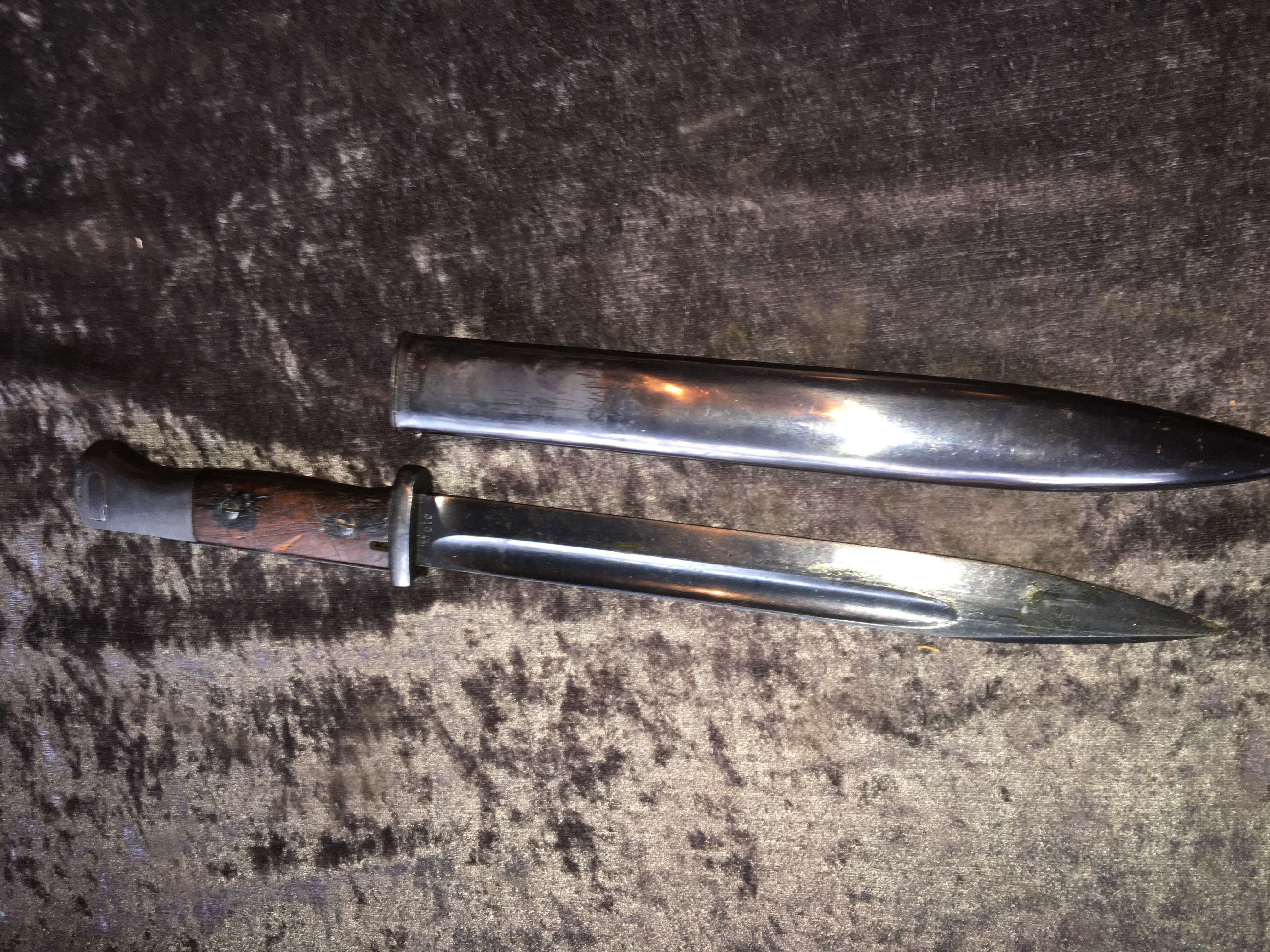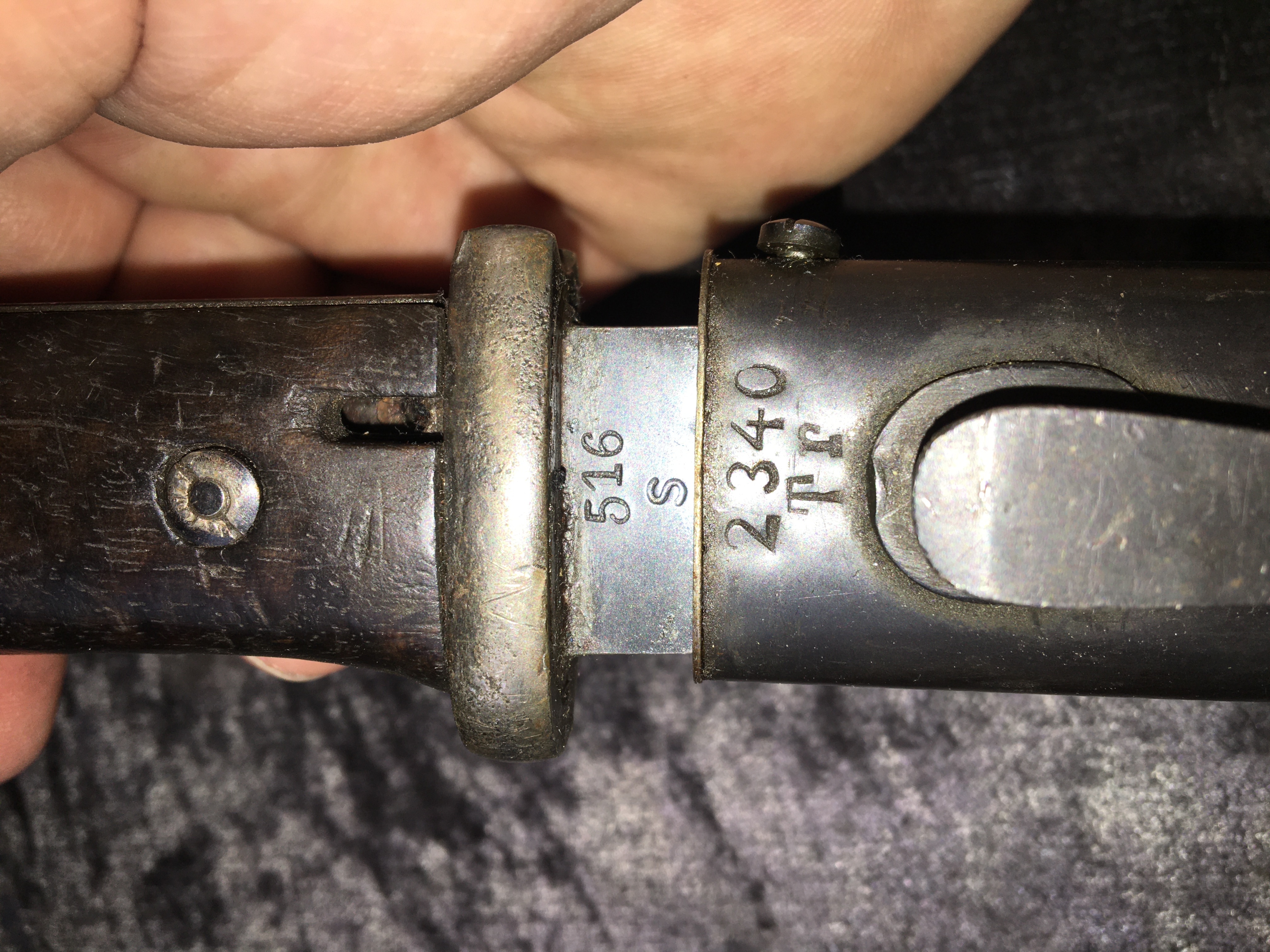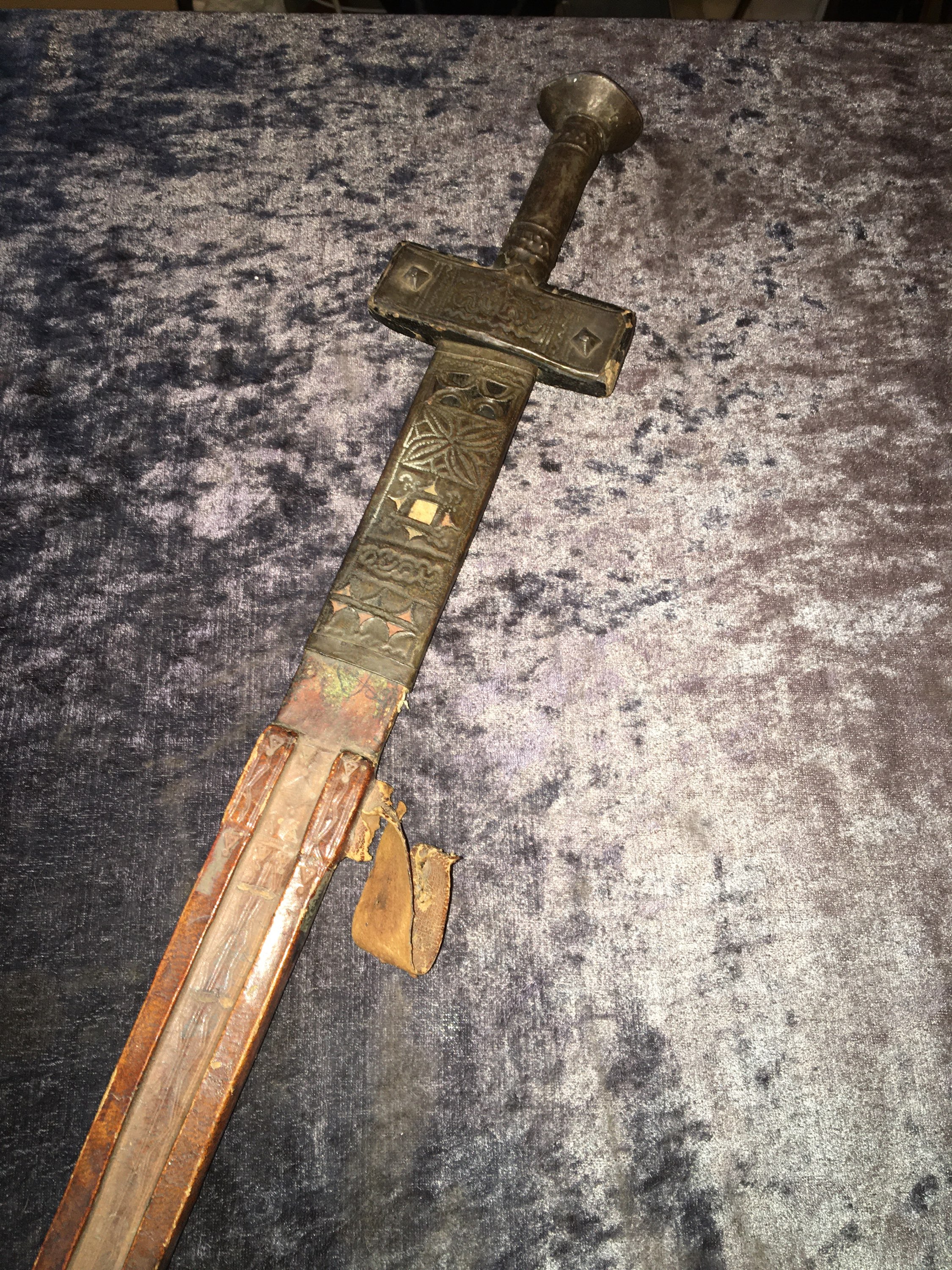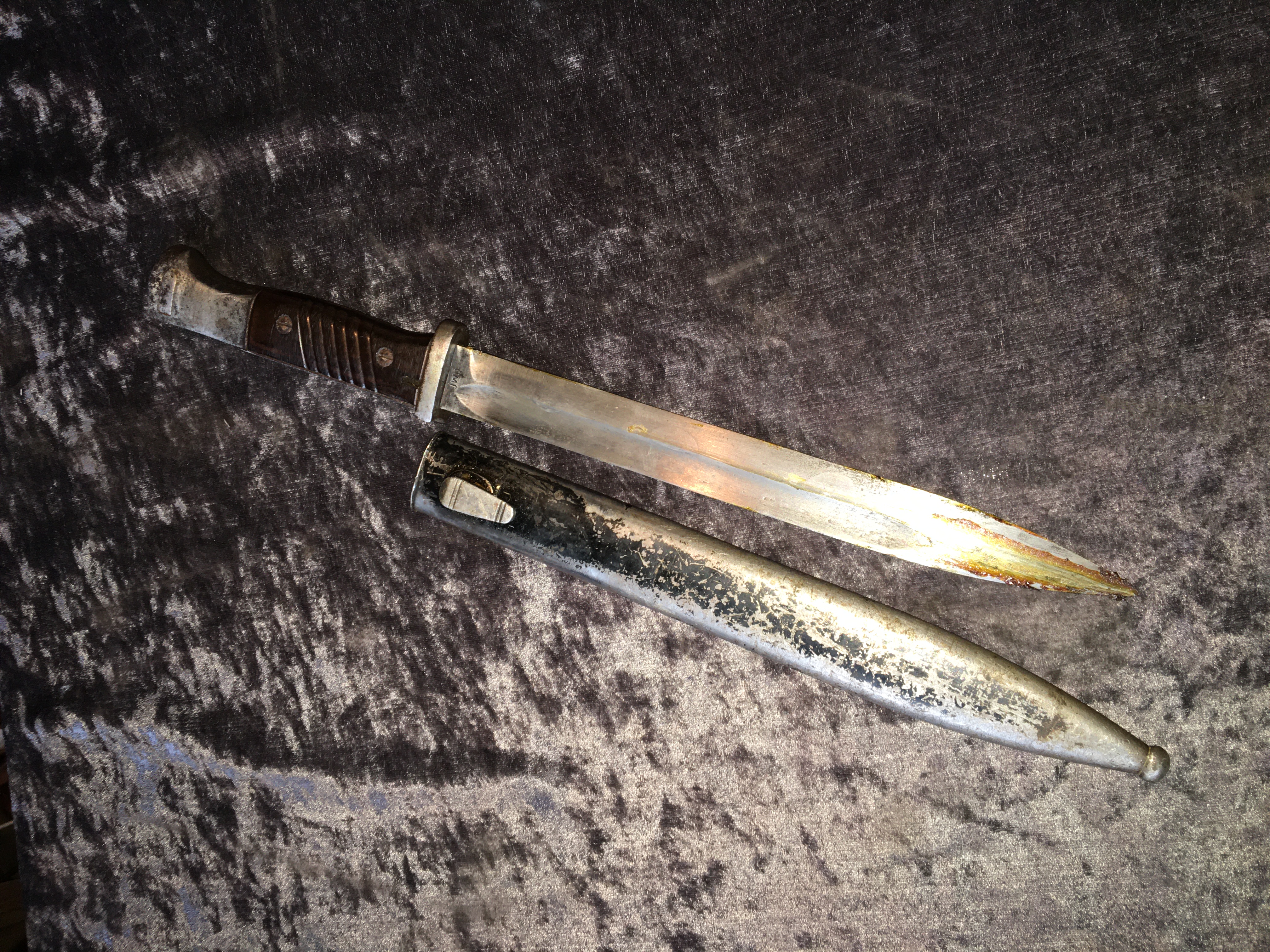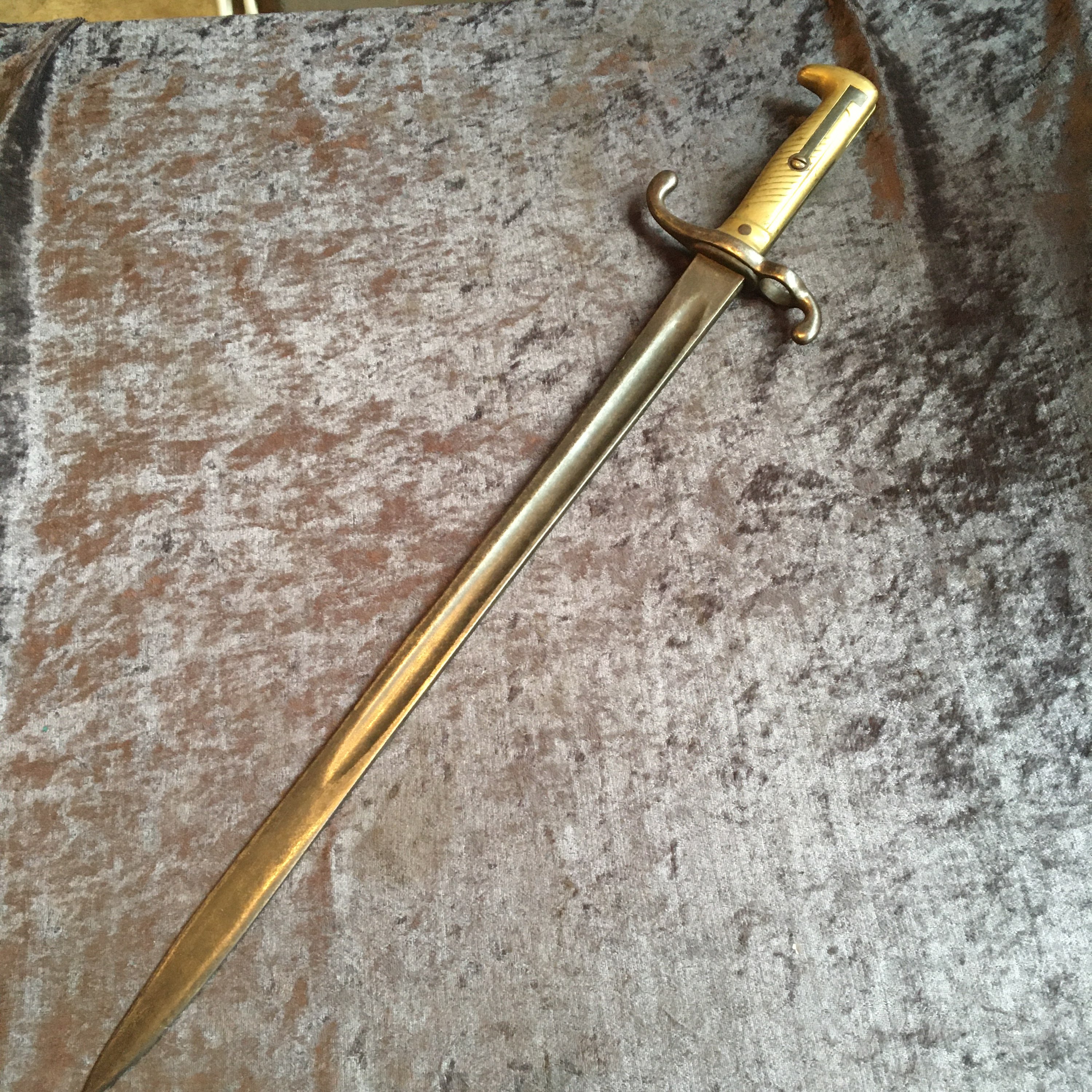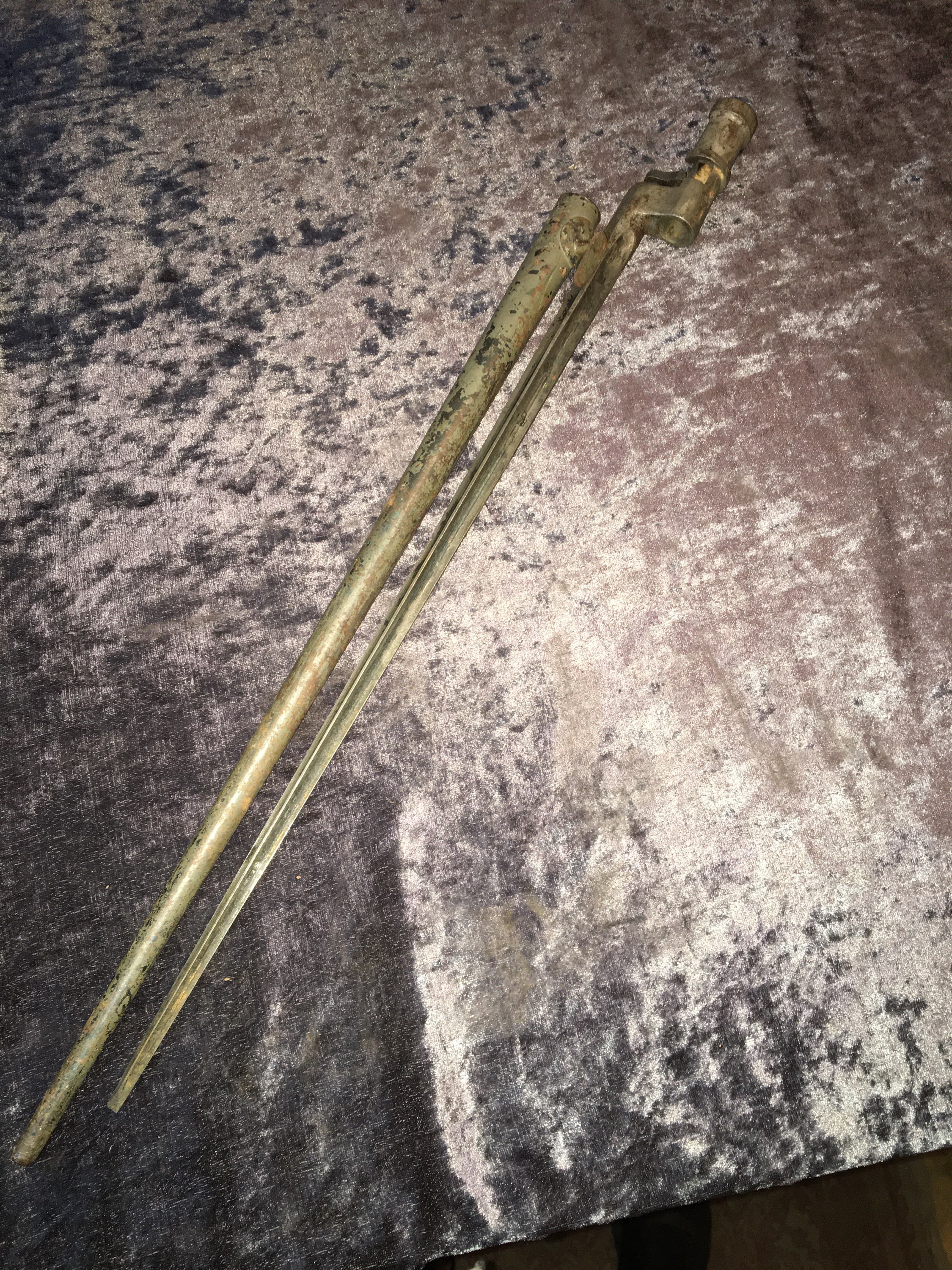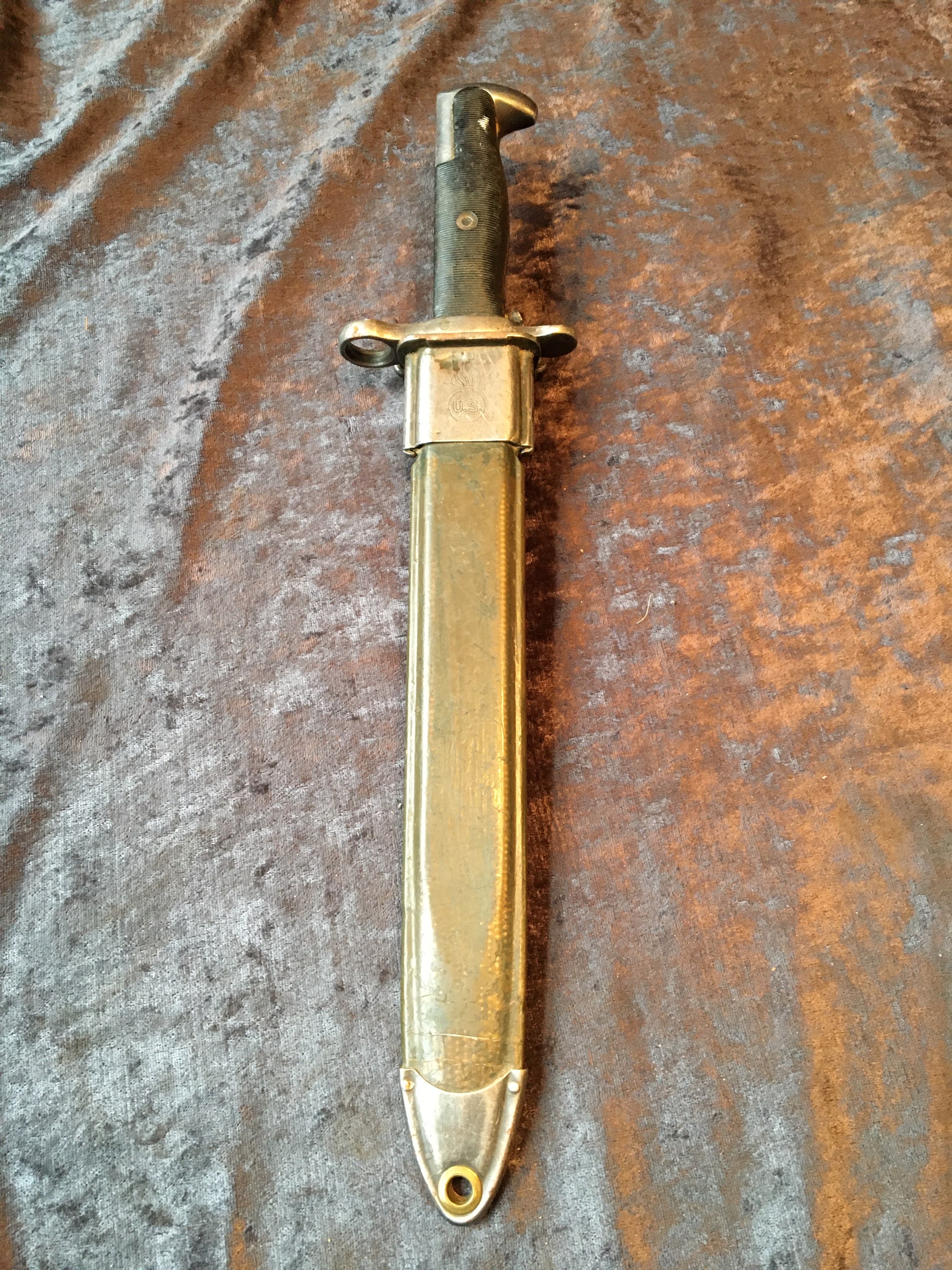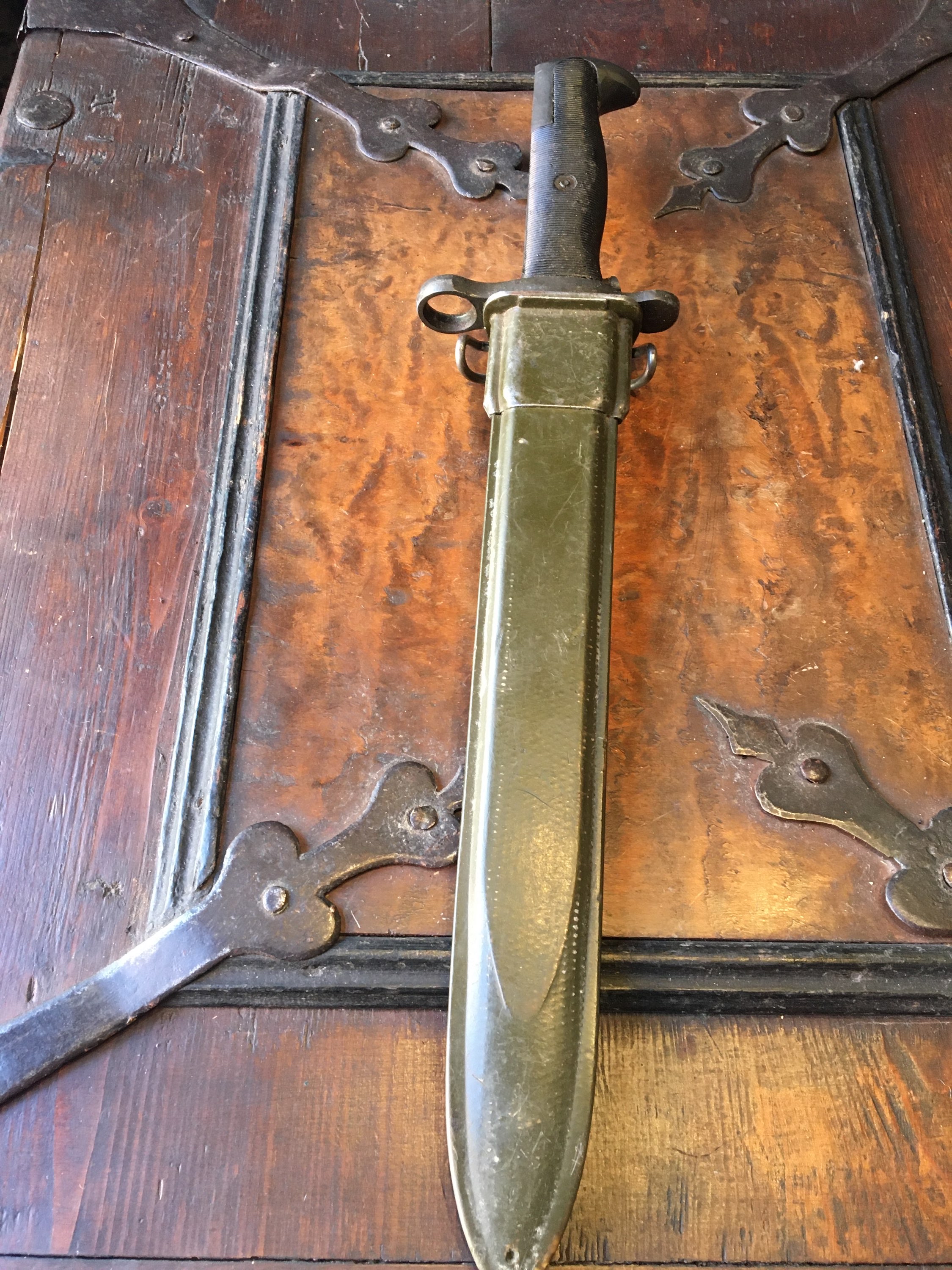For Sale
The following items are listed by for sale by users of the site and dealers. They are in no way endorsed or guaranteed by www.oldswords.com
Add a Classified ItemYou can also receive regular email notifcations when items match your keywords. To recieve them just register or logon at the top right of this page.
- Nation : Turkish
- Local Price : 200.00 USD
- Nation : French
- Local Price : £145.00
- Nation : British
- Local Price : £145.00
- Nation : Indian
- Local Price : £145.00
- Nation : Indian
- Local Price : £145.00
- Nation : Indian
- Local Price : £145.00
- Nation : French
- Local Price : 195.00 USD
- Nation : British
- Local Price : £140.00
- Nation : Swiss
- Local Price : £140.00
- Nation : Australia
- Local Price : £140.00
- Nation : British
- Local Price : £140.00
- Nation : -
- Local Price : £135.00



